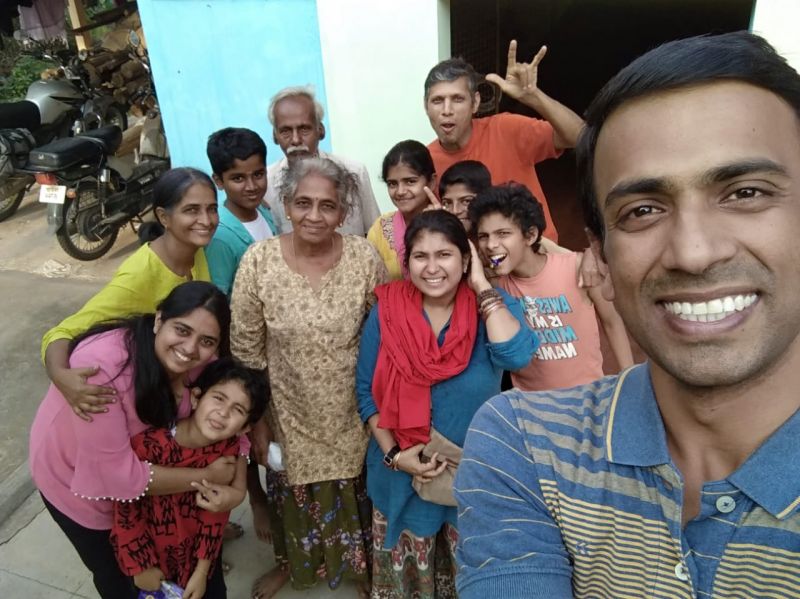The Ability In Disability

Our good friends Gopal and Drishti who enthusiastically and tirelessly work with young people with disabilities, were visiting. And we got into a sort of unplanned circle with a small group of neighbors for shared learning on the subject of disability.
Having a friend with a disability changes how you view the world. For instance, a friend told me how when she befriended someone with a hearing and speech disability, so much changed. When he visited her house, he looked at everything intently because that was his main modality of understanding more about her. Only then did she, (and I), realize how much we depend on sound to understand or get to know a new friend or even our surroundings.
Similarly, having Gopal and Drishti as bridges to these seemingly other worlds, could help deepen our understanding.
We started with a circle of sharing about one person with disability that we have known in our lives, preferably from childhood. Later, we reflected on how all our stories had so many details of what that person could not do and not so much of what all the person could accomplish. We may carry these wrong patterns forward in our lives, often by bringing out sympathy as the chief emotion when we meet a person with disability. It may not be sympathy they need at all. They might be fully accomplished people in their own right, and what they might need is our friendship :)
After our story-sharing, Gopal explained in detail how every disability comes with other enhanced abilities. Like people who can not see usually have acute memory making them excellent at customer service. There was lots to learn here for all.
Drishti led us through a series of games where one of our senses was not engaged. For instance, we were not allowed to speak even a single word and yet, through co-operation and using spontaneous sign language, we had to accomplish certain tasks as a team.
Then we blindfolded oursleves for 25 minutes and in this mode had to find our partners, come to certain agreements, get to certain spaces, identify certain objects, come back to our original place and so on. There were stumbles and much confusion, but in that 25 minutes our appreciation for someone without sight and how much they accomplish, really deepened.
Drishti and Gopal then enacted two scenarios of helping a person who can not see - one more discerning in approach than the other. This too was a learning for us. The kids in the circle were asked to reflect on what elements were right and not so right in each scenario. To their credit, they caught on to all the nuances like taking permission first and how it is better to lead such a person by his/her elbow rather than taking their hand.
We also learnt the recommended sequence for communication - to know their need, articulate clearly, check the understanding and leave by taking permission and if needed, telling them about nearby landmarks so they can communicate that forward - like to a cab driver.
And we watched a couple of very inspiring videos on how inclusion brings joy to everyone.
Since not all our audience could understand English, one of the kids translated back and forth to make sure no one missed out on what transpired.
All of us had fun learning a few words from the Indian Sign Language like greetings and appreciation.
For Gopal and Drishti who are disability-sensitivity workshop veterans, this was their first workshop where kids were part of the audience. It touched our hearts, and made all of us, adults and children, a little more aware of the ability in disability.
P.S.
If you are interested in learning Indian Sign Language, here are some well made, modular Sign Language Videos.
Posted by Nisha Srinivasan on Feb 7, 2019

